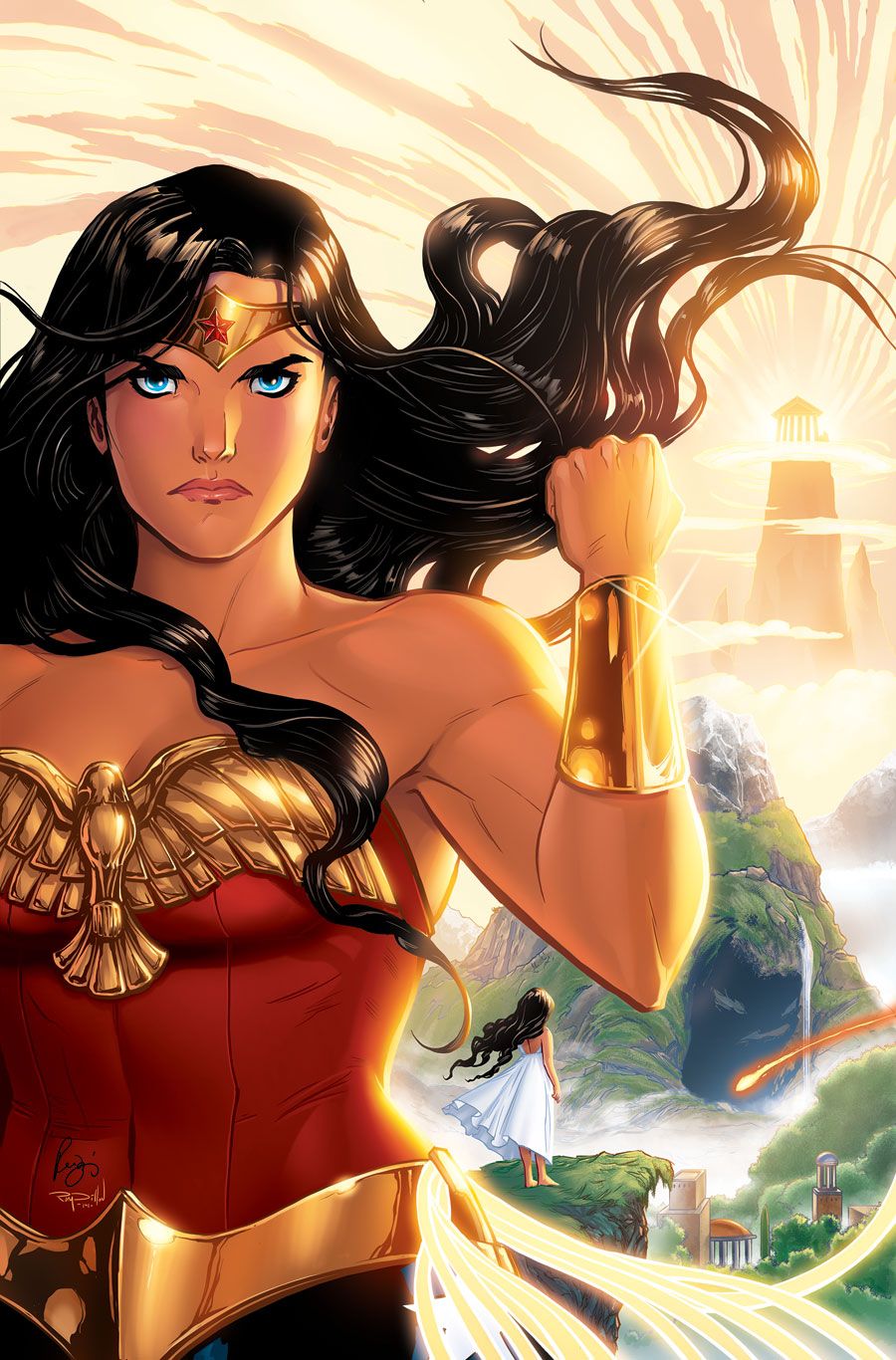With Wonder Woman due to make her big screen debut later this year in "Batman v Superman: Dawn of Justice," it makes sense the character is receiving a little more attention in comics. Enter "The Legend of Wonder Woman," a nine-issue series by Renae De Liz and Ray Dillon that retells the classic origin of the character. While we're still in the character's earliest days, the series is off to a pleasant and charming start so far.
De Liz Takes a Back to Basics Approach for "Legend of Wonder Woman"
De Liz brings us back to the very beginning of the Amazons, explaining their relationship with the Greek gods before moving forward to the creation of Diana and her early childhood as daughter to Queen Hippolyta. It eases the reader into the concepts, explaining not only why all of the Amazons exist, but why they worship the Greek gods and how there are children born on an island filled only with women.
That said, the book really kicks into gear once Diana is alive and desperate to learn how to become a warrior (like all of the other girls her age) as well as find the source of the darkness she senses on the island of Themyscira. De Liz accomplishes a lot with these plot threads: she gives us a protective Hippolyta, setting up the part of Wonder Woman's origin where she's not allowed to compete in order to journey into Man's World; she also gives us a Wonder Woman who isn't simply talented and better than everyone else, but rather a character who -- at an early age -- strives to become stronger and better; and finally, she ties these into a story idea that contains menace and real danger, with a strange mystical cancer at the heart of Themyscira. Diana training to become a better warrior isn't necessarily the most compelling of stories, but it also makes sense that most Amazons wouldn't be willing to disobey Hippolyta just for the heck of it. As Alcippe is the other Amazon who senses the danger, it provides a good justification for Diana's training and pulls the different elements fully together.
Diana herself comes across well. She's inquisitive and tough but also able to show wonder, and De Liz doesn't lose sight of the fact she's still a child in this first issue. Diana's excitement at seeing creatures like the Pegasus or a Hyperborean giant is tempered with her fear when the manticore attacks. What's more, De Liz and Dillon's depiction of the manticore is properly creepy and dangerous; its corpselike expression and spindly limbs are unsettling, and the way its poison has a sickly green glow is the icing on the cake. Alcippe's fight against the manticore is great, not only in how she's able to dispatch it quickly (and I appreciate that the killing stroke is done as a silhouette rather than reveling in gore), but in how it still feels tense and dangerous in just two pages because of the way that De Liz and Dillon draw it leaping up and over Alcippe.
"The Legend of Wonder Woman" #1 is an excellent start to this series. It's easy to see why this DC Digital First series warrants a print release; this is an inviting comic that should be able to serve a wide audience interested in the character. De Liz and Dillion provide a strong reintroduction of Wonder Woman to the general public as well as seasoned readers, and I'm already eager to see what happens next. De Liz and Dillion breathe new life into an old tale with "The Legend of Wonder Woman" #1.

